There’s one thing we know about accessories: car manufacturers love a branded bicycle. No premium car maker’s brochure would be complete without a roof rack topped by funky two wheelers, their frames adorned with corporate logos.
McLaren, however, doesn’t work like most car makers. In fact, when it comes to this bicycle, it doesn’t involve the ‘cars’ bit of McLaren at all. When McLaren decided that it wanted input on a bicycle, it didn’t tap up a Chinese frame maker, write a cheque and send a few hundred decals in the post.
No. Instead, McLaren’s Applied Technologies division, which takes the whole company’s accumulated knowledge and, er, applies it to other industries, approached Specialized, maker of some of the best-engineered bicycles on the planet, with a proposal.
It was along the lines of: “You know that carbonfibre bike you make? Well, we also know a thing or two about carbonfibre. Shall we have a natter?”
The result is a limited-edition road racing bicycle ridden not by those who think that it’s cool to have a car maker’s name on their frame, but by Tour de France green jersey winner Mark Cavendish.
Specialized is no stranger to making high-end bicycles, be they mountain bikes or road bikes, and you’ll find professional racers who use its frames straight off the shelf. In some races, the rules governing how a bike looks and is constructed are fairly open.
Development of the Venge bike started as far back as 2006, when Specialized first thought of including aerodynamic elements of its Transition triathlon bike into a road racing frame. It was near the end of its design phase, in 2009, when McLaren first approached Specialized, and the bike was all but done when the collaboration started in earnest, in mid-2010.
The S Works + McLaren Venge prototype made its debut in March 2011 and the bike started winning races not long thereafter. They’ve made 450, and we test one here.
Design and engineering (five stars)
For triathlon and time trials, for example, Specialized makes a bike called the Shiv, which has an exceptionally aerodynamically efficient frame – so efficient, in fact, that it looks like it’s going a million miles an hour even when standing still.
A frame of the Shiv’s shape, though, may not be used for road racing (events like the Tour de France and Giro d’Italia), which is governed by UCI (Union Cycliste Internationale) rules. And aero bikes, because of their vast hollow sections, are typically not especially stiff, which is an issue when it comes to bike handling.


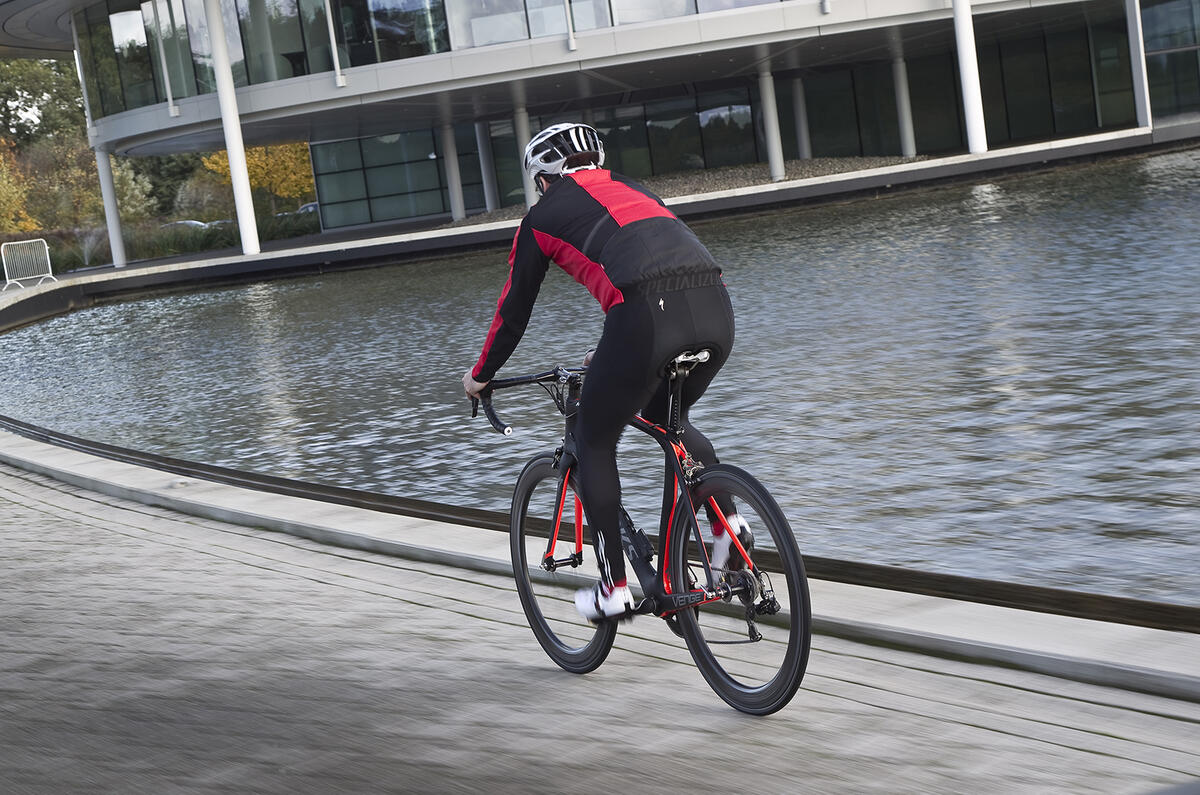






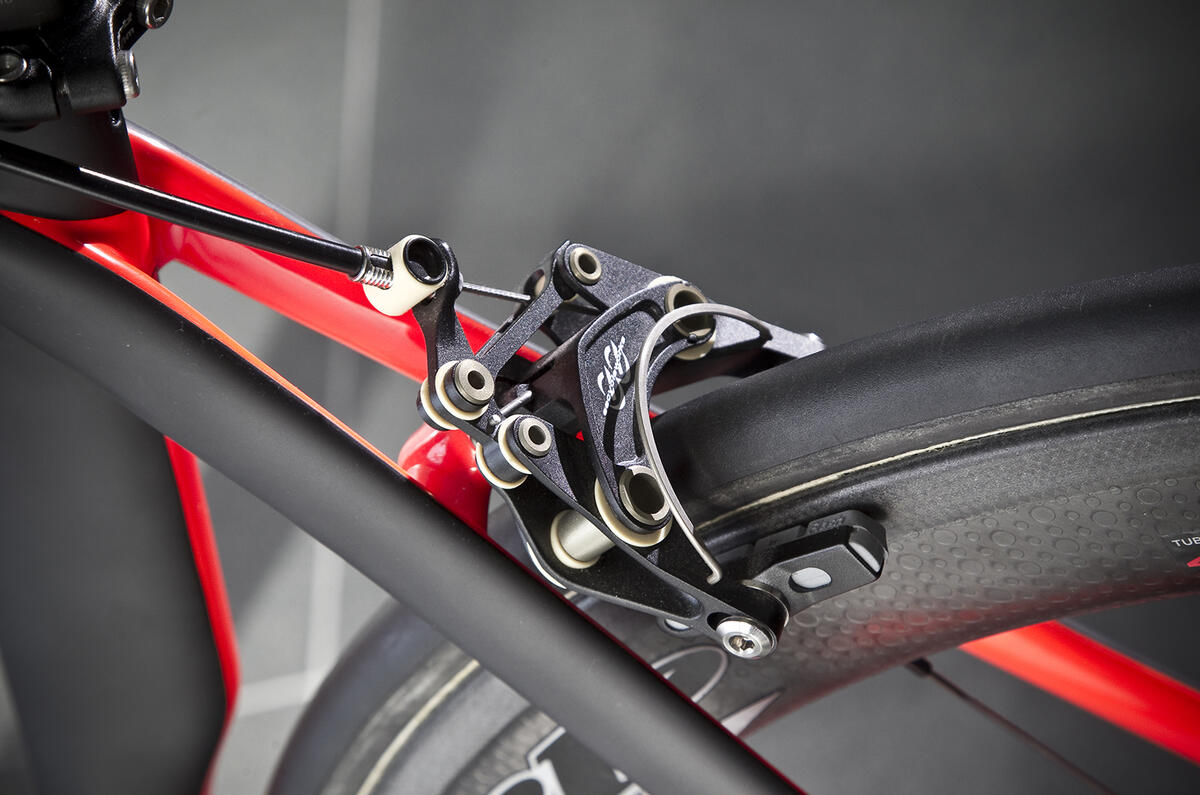








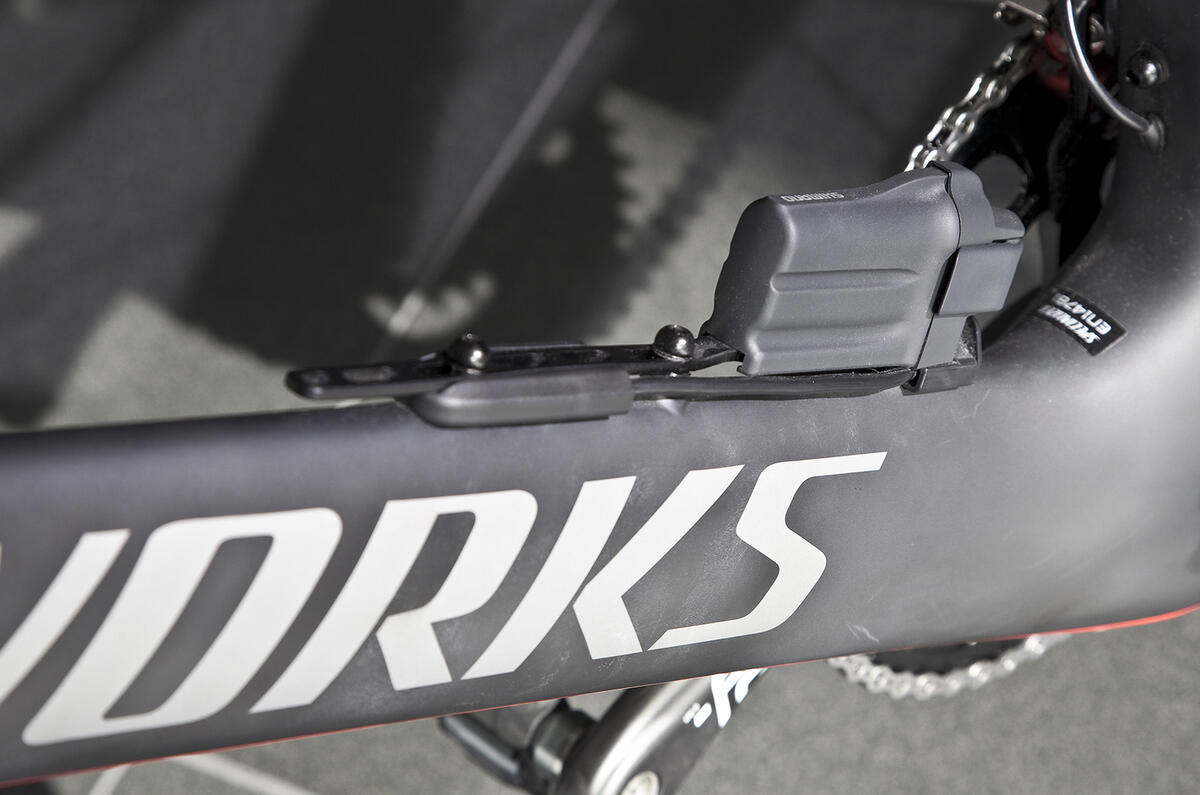
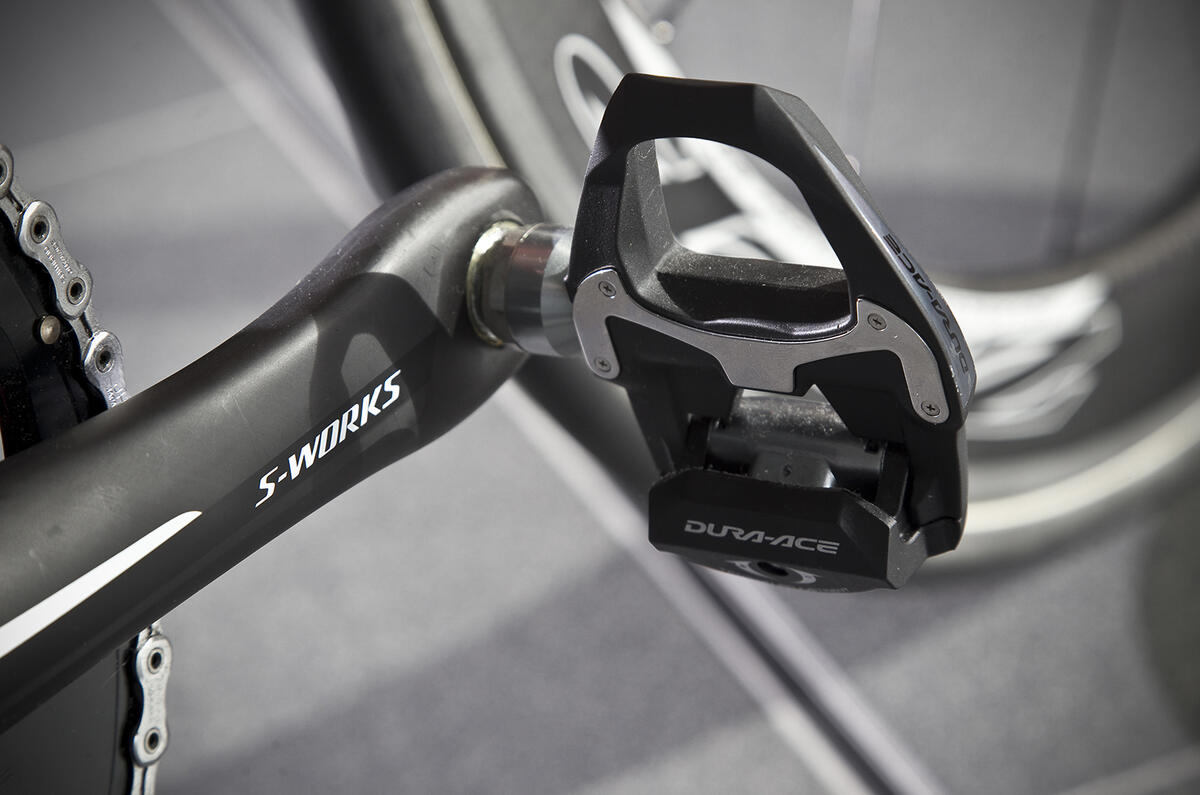



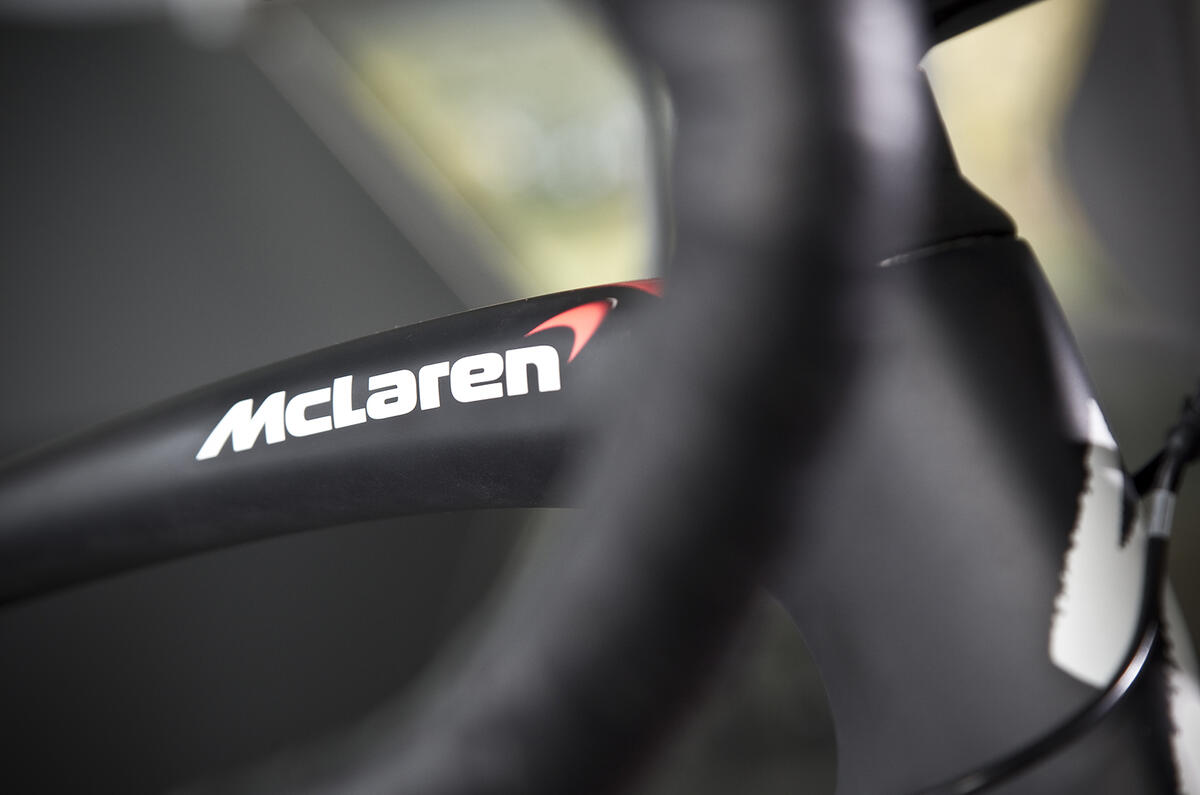






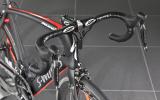




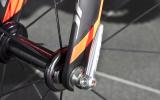





















Add your comment